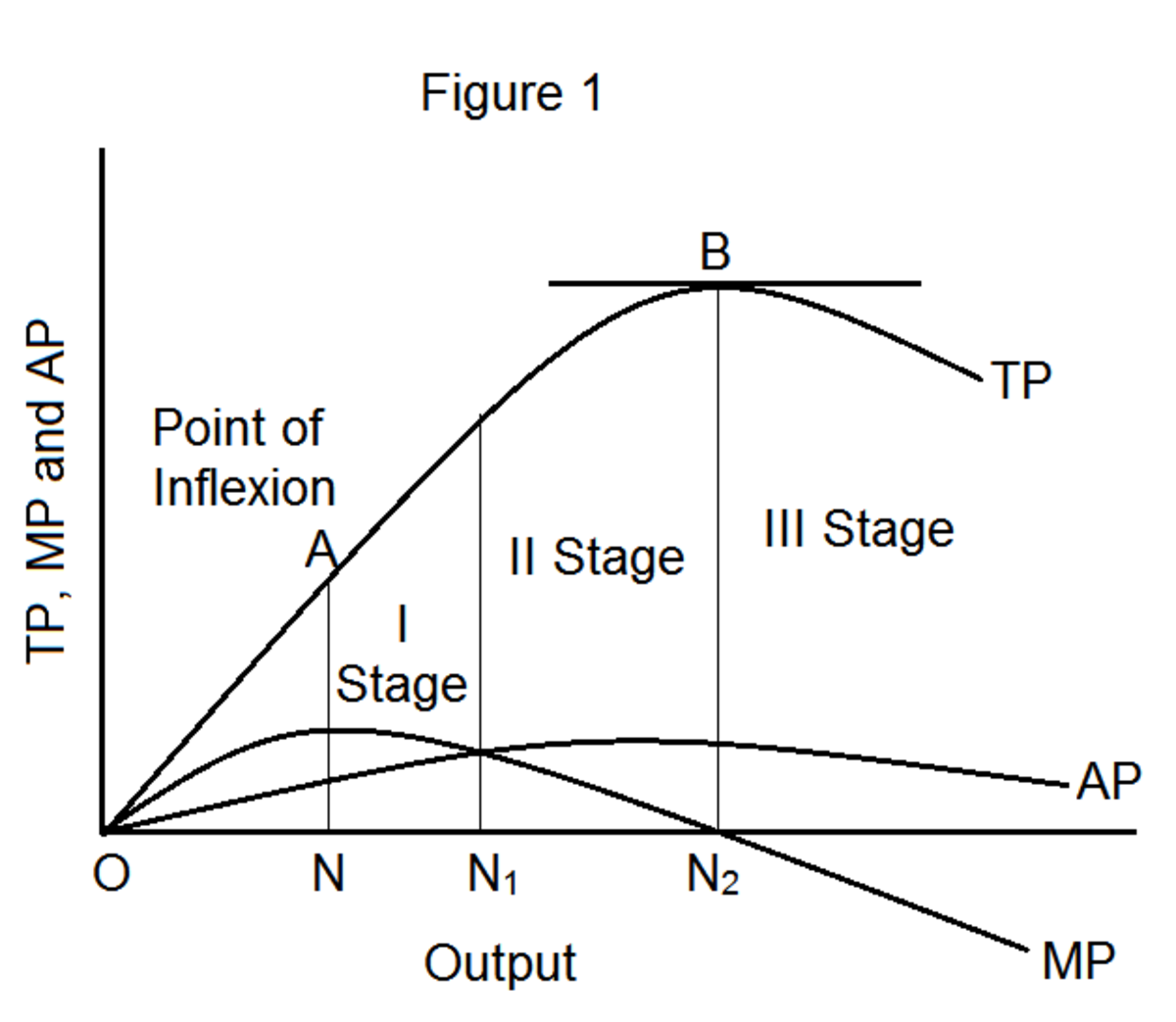Definition of Division of Labor

Introduction
Division of labor is a crucial concept in any production activity, as it improves the productivity of all factors of production. Under division of labor, the work is divided into many distinct processes; and each distinct process is assigned to laborers separately. Suppose there are four employees in a tailoring shop. They want to make a shirt. The first employee cut the cloth as per the measurement; the second stitch the cloth; the third attach buttons to the shirt; and the fourth employee completes the packing process. In this way, making a shirt is easier than one man is doing everything.
The father of political economy Adam Smith was the first one who recognized the crucial role of division of labor. He has analyzed extensively about the concept in his book ‘Wealth of Nations’. Productive power of division of labor in a pin-making workshop attracted the attention of Adam Smith. He noticed that the pin making was divided into 18 distinct processes and each laborer took care of one distinct process. This idea made the work easy and perfect. Adam Smith was impressed by the concept and tried to establish an economic analysis of division of labor in his book.
Types of Division of Labor
There are three kinds of division of labor. They are:
Simple division of labor: In Simple division of labor, each person is specialized in certain type of work. For instance, person A is a teacher, person B is an engineer, person C is a doctor and so on.
Complex division of labor: This system is followed majorly in manufacturing sectors. Under complex division of labor, each work is divided and sub-divided into many small pieces of work. These small pieces of work are assigned to each laborer. For instance, making a car is a complete work. This work is divided into many small pieces of work. Each employee specializes in one of those small works.
Territorial division of labor: If All people from a particular locality produce the same commodity or commodities, this is known as territorial division of labor. For instance, all people from city A produce mobile phones.
Benefits of Division of Labor
The benefits of division of labor are vital, especially in modern large-scale productions. Let us look at what are the benefits of division of labor.
1. The major advantage of division of labor is that it increases productivity of all factors of production. Particularly, division of labor is very helpful to improve the productivity of laborers, as it encourages specialization.
2. Continuous practice of the same work makes the laborers expert. Hence, number of defects comes down significantly. Furthermore, specialization enables an employee to invent new techniques and devices.
3. Division of labor is cost effective. When division of labor is practiced, the workers are trained automatically to move along with the machines. This helps to produce more goods at lesser costs.
4. When division of labor is practiced, the workers are not distracted much because they need not switch from one process to another very often.
5. Jobs can be assigned according to the skills of the workers. One employee can handle a complex task while another cannot do the same. Hence, division of labor helps to assign the right task to the right person.
Disadvantages of Division of Labor
Even though division of labor has many advantages, the concept does have certain drawbacks as well. They are the following:
1. The workers are discouraged very soon by the same work. Monotony affects the productivity of laborers negatively.
2. Since many employees complete a single work, there is no place for personal recognition. In modern manufacturing industries, employers treat the workers like machines. This is because of the routine work performed by the employees.
3. When a worker is assigned a particular task, he is unable to get the complete knowledge of the entire work. He has to work like a machine to perform the particular task repeatedly. Hence, the worker may lose his skills gradually over a period. Given this situation, if a worker loses his job suddenly, he will be unable to get other employment opportunities.
4. There is a plenty of chances for labor exploitation under division of labor. The laborer cannot calculate the amount of work he does. In modern industries, the compensation provided to a worker is certainly not equal to the amount of work he performs.
5. Division of labor divides the entire community into two categories, namely workers and employers. Employers always try to maximize the profit by exploiting the workers. Workers always struggle for their rights through trade unions. Therefore, industrial disputes exist always when division of labor is not handled properly.
6. Division of labor may lead to over-production sometimes. In this situation, the excess commodities may not be able to find markets. This is known as market-glut, which is a dangerous situation for the entire economy.
Determinants of Division of Labor
Division of labor, though provide us with numerous benefits, cannot be applied all times and in all situation. Two important factors that determine whether division of labor is feasible are size of market and nature of work.
Size of market: Division of labor apparently increases the productivity of all factors of production. It means that an industry can produce many goods within short span of time. What happens if there is no market to sell all the manufactured goods? Hence, size of market plays a vital role in determining whether division of labor should be implemented.
Nature of work: Not all works can be divided into many small processes. Therefore, implementing division of labor depends upon the nature of work as well.
© 2012 Sundaram Ponnusamy








